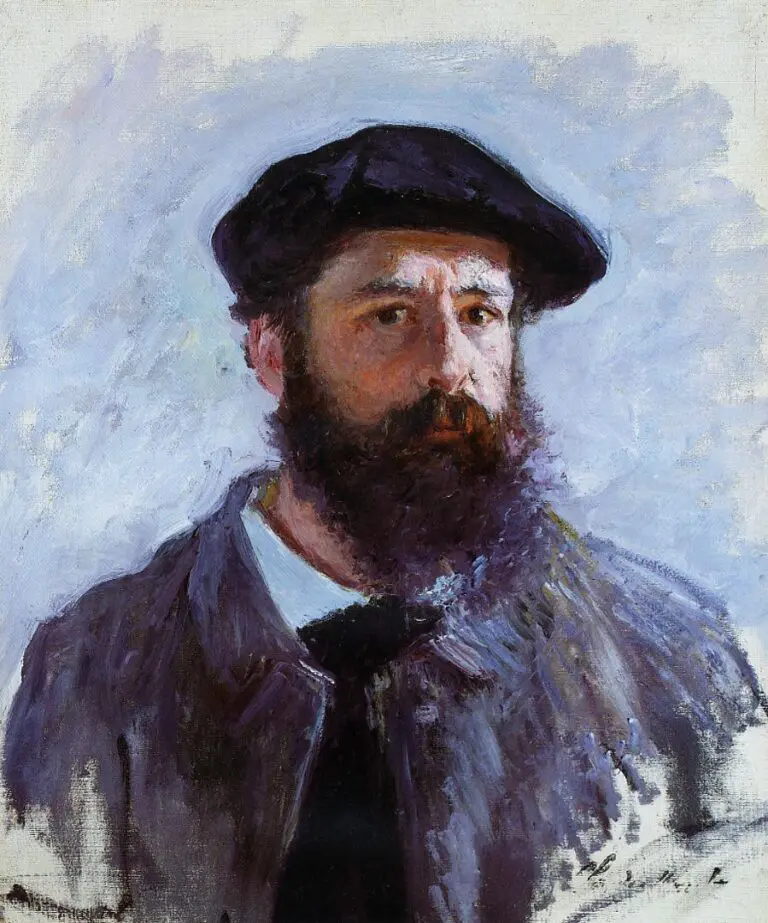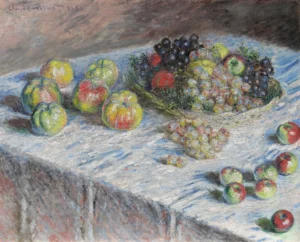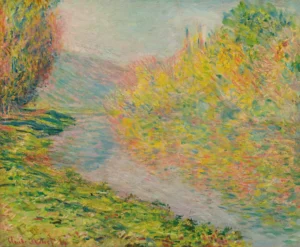The Houses of Parliament (Effect of Fog) (1903-1904)
Created between 1903 and 1904, 'The Houses of Parliament (Effect of Fog)' is a remarkable oil painting by Claude Monet, part of a series inspired by atmospheric effects on the renowned London skyline. With a dimension of 81 x 92 cm, the work showcases Monet's exquisite use of loose brushwork and color interplay, emphasizing the ephemeral qualities of fog engulfing the Houses of Parliament along the Thames. This piece reflects Monet's Impressionist style and his capacity to capture nature's delicate beauty.
1903 - 1904
About the Artwork
Monet painted 'The Houses of Parliament (Effect of Fog)' during his frequent visits to London between 1899 and 1905, a period marked by his obsession with how fog and light obscured and transformed the city. His fascination was likely fuelled by the works of contemporaries like J.M.W. Turner and James Abbott McNeill Whistler, prompting him to explore new artistic horizons. From his vantage point at St Thomas' Hospital, Monet utilized photographs and his studio techniques in Giverny to encapsulate the essence of this iconic location through impressionistic brushstrokes. The painting was first exhibited at the Durand-Ruel gallery in Paris in 1904, where it garnered acclaim for its atmospheric ambiance, further solidifying Monet's reputation as a master of light and color.
Did You Know
During his London visits, Monet’s experiments with capturing varying light conditions set a new direction for his work, marking his transition towards a more abstract and evocative painting style.
Monet was inspired by J.M.W. Turner, whose approach to atmospheric effects deeply influenced Monet’s technique in this series, demonstrating how art evolves through influences across generations.
Monet’s ‘The Houses of Parliament (Effect of Fog)’ is celebrated for its unique portrayal of ephemeral moments—highlighting how fog and changing light create transforming views that resonate with the fleeting nature of life itself.










